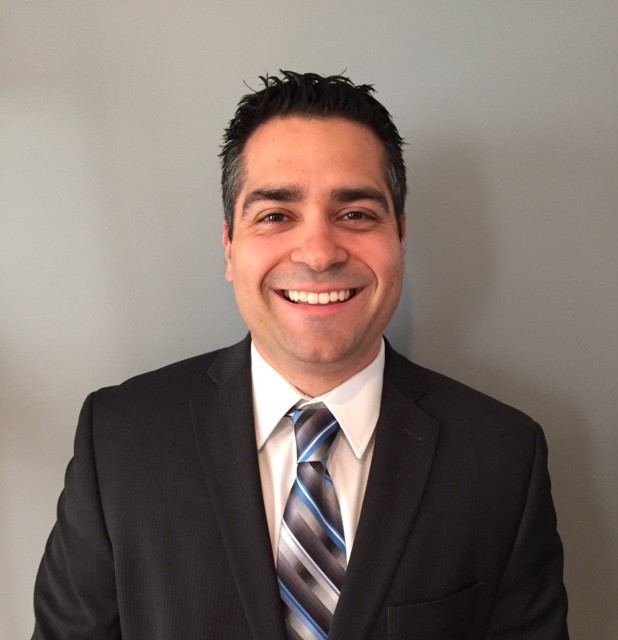Victor Saraiva is a vice president and team leader for Bank of America. A native of Pawtucket, he started with Bank of America in 2007 as a financial center manager. He has been involved in the bank’s financial literacy events for three years and has led more than 25 financial literacy seminars touching on topics such as saving, budgeting and building credit, as well as mock interviews and creating resumes. A graduate of Bryant College, with a MBA from Johnson & Wales University, Saraiva talks with Providence Business News about his experience with financial literacy.
PBN: What are the most frequent questions you field when running financial literacy workshops in the Providence area?
SARAIVA: The two most common questions I get are definitely: “I am on a fixed income and have a difficult [time] saving, how can I save more money?” and “When I was younger I messed up my credit and now I can’t get a cellphone, credit card, car or even an apartment. How do I see what’s in my credit history?”
PBN: What are peoples’ most common mistakes when it comes to handling personal finances?
SARAIVA: As I talk to people at these workshops who are trying to get a handle on their finances, a common theme is wrestling with the difference between wants and needs. One thing I will tell people, for example, is if there is a big-ticket purchase they feel they absolutely must have, write down how much it costs and save a little bit each month until they have what they need. That way, they get the item they really want without blowing up their monthly budget. Another piece of advice I’ll provide in that situation is to look at less-expensive alternatives to what they consider a need. For instance, if a new cellphone is a need, you don’t have to purchase the latest, priciest option on the market. A significant part of personal finance is setting realistic expectations around what your budget allows.
PBN: What should people remember when trying to create a household budget?
SARAIVA: The key is to keep it simple. First, figure out how much money you are receiving on a weekly or monthly basis, then track everything you spend money on to figure out where it goes. I am always surprised at the amount of individuals who do not know how much money they net per week or month. Even when I ask them to estimate based on an average, they still have difficulty coming up with an overall number. I’ll spend much of my time during workshops breaking down the numbers for them, so they have a true understanding of what they can spend in total. Tools like online banking and mobile banking can help you do this by showing you, in real time, what you spend money on. We also have a number of tools and tips available at bettermoneyhabits.com, our partnership with Khan Academy – material that we refer back to during our workshops.
Once you have that number, subtract all the life needs such as housing, utilities, insurance and other bills. Whatever is left over, determine what a reasonable savings amount is (I normally recommend 10 percent to start). That’s your emergency savings, and any additional funds can be spent on wants. It takes discipline and self-sacrifice, but it is essential to prioritize and separate spending accordingly.
PBN: How does Bank of America benefit from holding these financial literacy workshops?
SARAIVA: It’s rewarding for myself and my colleagues to work one-on-one with individuals who are underserved and receptive to learning how to make their financial lives better – our associates volunteer during work and nonwork hours. When individuals feel financially secure and are able to achieve their financial goals, communities are made stronger and we all benefit. With high school students specifically, it’s great to see them increase their understanding around budgeting and savings. We’re helping them build up the skills they’ll need to succeed in the future.
PBN: What challenges are different and what are the same when teaching financial literacy to someone in high school compared with an adult?
SARAIVA: Believe it or not, the conversations are very similar. For example, most students will identify with the challenges that they see their families struggling with. So if we are discussing the importance of budgeting and establishing a savings plan, a student’s perceptions will reflect the lessons they have learned from their parents or guardians. They will assume credit is either a good or a bad thing based on how their parents see it, and when we discuss ways to save on spending, some of the most common answers regardless of age are get rid of the home phone, reduce the cable package to basic and use coupons for groceries. One difference with students – we work primarily with fictional budgets and fictional bills, as they have little to no income and one or two bills, if any. The result is that sessions with students are more projection-based and focus primarily on establishing good habits and behaviors that will ensure success once they graduate.













